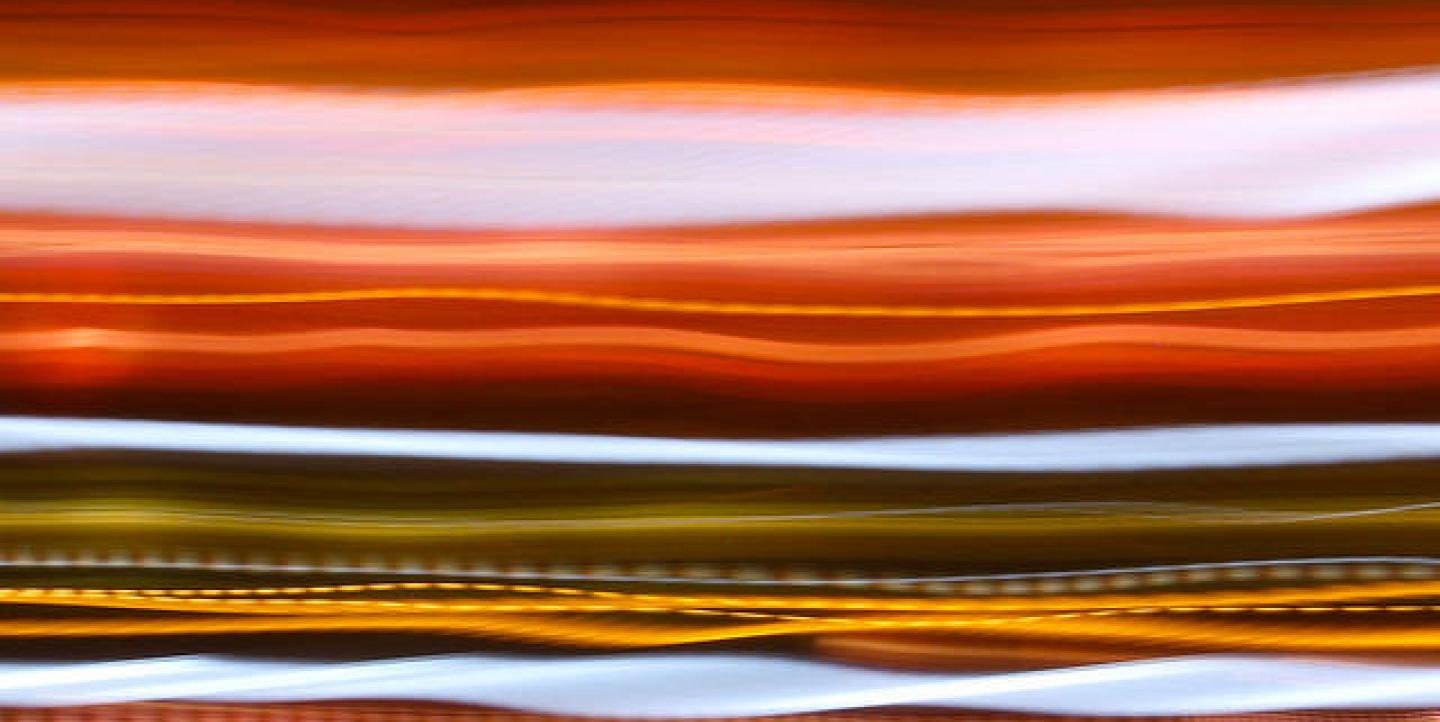There’s a fine line between photography and photojournalism, but there’s an exhibit aiming to let that line blur.
The Open Society Foundation’s Moving Walls project is an exhibition that showcases social documentary photography, giving selected photojournalists a way to share their work without the restraints normally imposed on them by editors, said Susan Meiselas, photographer and president of the Magnum Foundation, at a recent panel discussion hosted by the Tow Center for Digital Journalism.
Meiselas joined panelists Yukiko Yamagata, associate director of the Open Society Foundation’s Documentary Photography Project, and Edu Bayer, a Spanish documentary photographer whose work has been featured in many news outlets like The Guardian and The New York Times, and now the Moving Walls exhibit, to discuss hot topics surrounding the exhibit, including how the digital landscape affects the role of documentary photography in society.
Now on its 22nd exhibition, Moving Walls has served as a lifeline for documentary photographers, one needed in a field that receives increasingly less funding year by year, and faces a lack of dedicated outlets for showcasing these visual narratives. “What we were fighting for, even seven years ago, was more spaces to let that work live,” Meiselas said.
This year’s exhibit features the work of ten photojournalists and artists focusing on the effects of surveillance on society and how photography and surveillance intersect.
Hasan Elahi, an artist who was erroneously linked to terrorist activities leading to a drawn-out FBI investigation, has amassed a collection of over thirty thousand photos capturing countless mundane details of his daily life. Elahi has sent hundreds of these photos to the FBI each week to protest their surveillance of him. Bayer’s collection features photos of the abandoned Internet surveillance center of Libya’s former dictator Muammar al-Qaddafi, which Bayer photographed for the Wall Street Journal in 2011.
The setting of the talk brought up the age-old conversation for many writers and photographers - what’s considered art and what’s considered journalism.
“We’re sitting in a journalism school, and we all know that there's a tension between information and interpretation, between subjectivity and objectivity, and we’re asking [Bayer and the other photographers] to migrate to a different environment for a different kind of audience to process,” Meiselas said.
When photojournalists create content, they’re “invited into an artistic process,” Meiselas said, adding that photojournalism can be both informatively and artistically driven. When it comes to choosing between art and journalism, “it’s not a choice that you have to define yourself as one or the other,” she said.
The exhibit is free to the public and will be on display at the Open Society Foundation in New York through September 11.
Image CC-licensed on Flickr via james j8246

